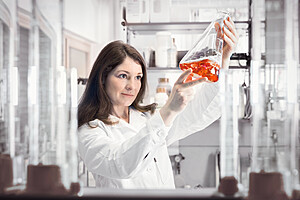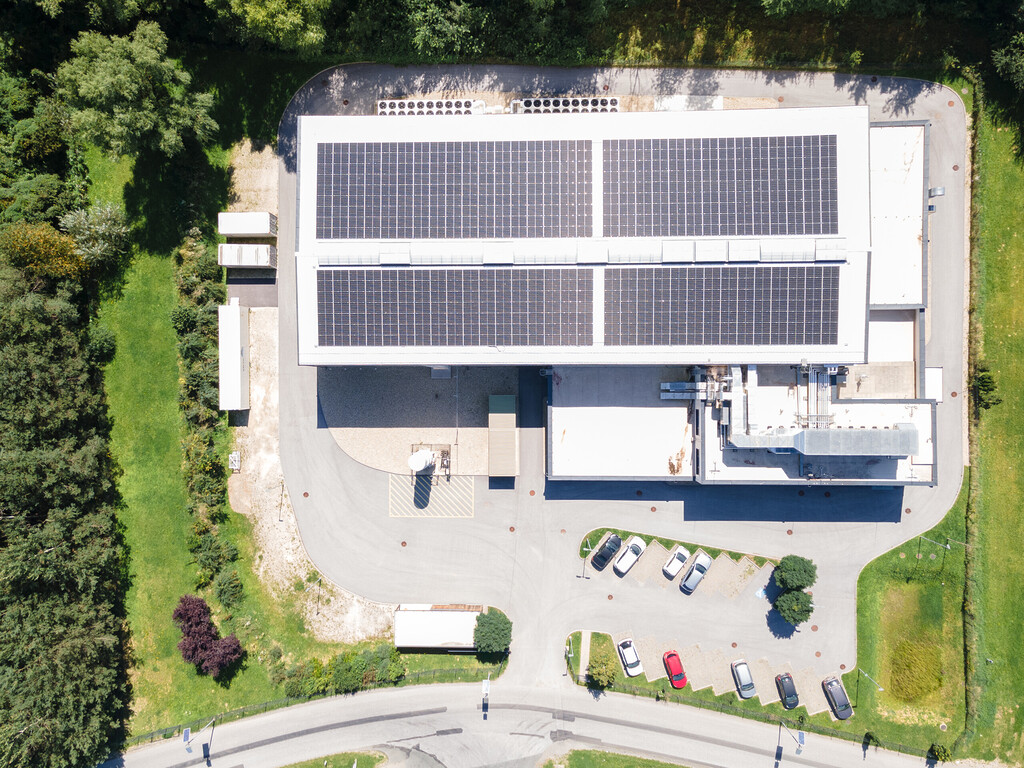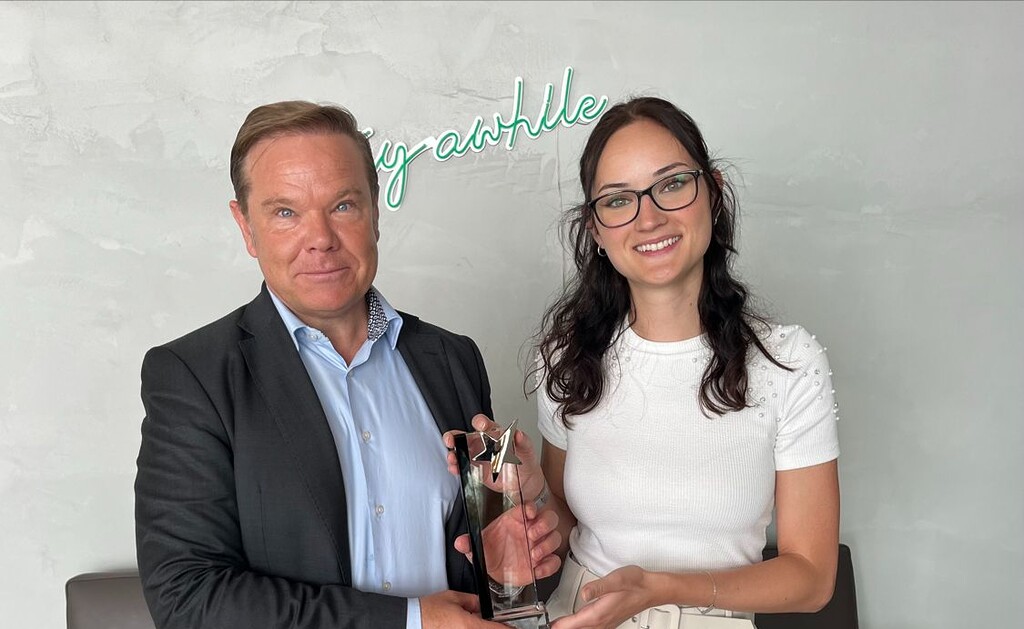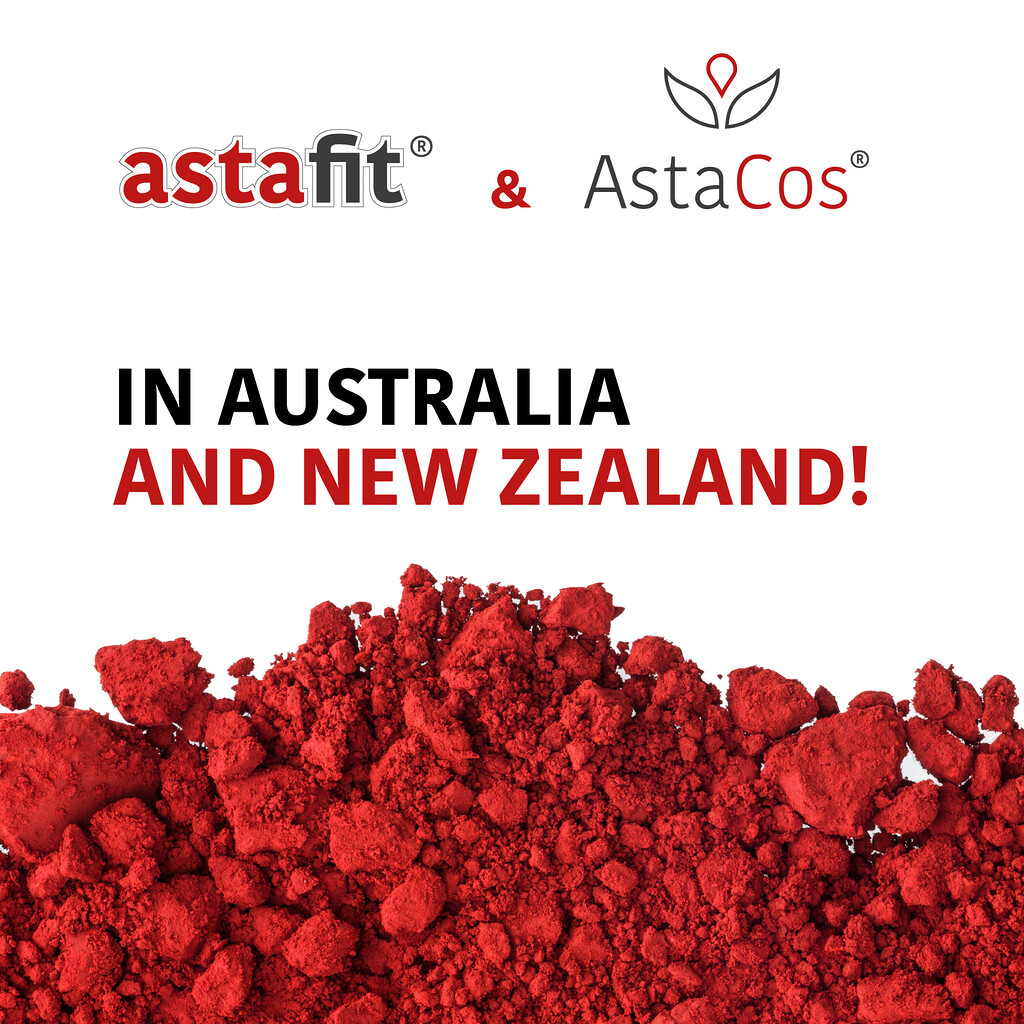The timeless wisdom of tiny plants
How the anti-ageing properties of astaxanthin can keep your product range young
Have you ever seen a puddle of water that seemed to be turning red? Or a dark red stain in a bird bath or fountain? You might have been looking at algae making astaxanthin. They make it when times are hard – when their puddle is drying out, nutrients are low, or the sunlight is too intense. It helps them survive harsh conditions, and as it turns out, we can learn from them.
Our cells have a hard time, exposed to the light, and the air, and all the dirt that life throws at us. Oxidative stress is a big topic in nutritional supplements and cosmetics, and antioxidants are a must in anti-ageing products. Well, the new kid on the block is this ancient red stuff that algae were using to protect themselves before animals walked the earth. Astaxanthin is the strongest known natural antioxidant, many times more efficient than Vitamins C or E, or even Q10. Also, unlike some of the others, it has no pro-oxidant activity. Its special chemistry, as a carotenoid, makes it extremely relaxed about bumping into radicals; it can easily inactivate oxygen radicals without turning into a reactive substance itself. Since it combines the usual oily middle section of a carotene with hydrophilic groups at the ends, it can penetrate well into the skin, and it can insert into cell membranes.
The new kid on the block is this ancient red stuff
Although it may only now be coming into focus as an ingredient for food supplements and cosmetics, astaxanthin is well tested, both for safety and beneficial effects. Due to its chemical structure with 13 conjugated double bonds, it can penetrate all layers of the cell and thus protects holistically against oxidative stress. Oxidative stress is frequently defined as an imbalance between pro-oxidants and antioxidants, arising when the production of reactive oxygen species (ROS) overwhelms the intrinsic antioxidants. Living cells are under constant oxidative attack by ROS, leading to “oxidative damage”. The complex antioxidant defence system generally holds this attack in balance. The body’s cells produce free radicals during normal metabolic processes. However, cells also produce antioxidants that neutralise these free radicals. In general, the body is able to maintain a balance between antioxidants and free radicals. Studies confirm that astaxanthin supports the immune system, positively influences cardiovascular health and improves muscle regeneration after heavy physical exertion. An intake of up to ≤ 8mg of astaxanthin per day is recommended. Products with astaxanthin are well accepted, with users reporting that they found them pleasant to use and that they noticed improvements in their health and skin condition.
Astaxanthin from BDI-BioLife Science is made from the microalga Haematococcus pluvialis in a biotech process developed independently by the company. The algae are cultivated in a closed, fully controlled system that prevents any kind of contamination with other organisms or impurities, and the astaxanthin is extracted in a mild, low-temperature method without using any solvents or synthetic additives. The product is strictly 100% natural, solvent-free, pesticide-free, herbicide-free and hygienic, and made in Austria in a plant with a strong commitment to sustainability. Its shelf life is 24 months. For nutritional supplements it is offered in various forms such as microbeadlets, oleoresin, flakes and more. For cosmetic use it is mainly offered as an oleoresin in certified organic jojoba oil, though dry biomass is also an option.
BDI-BioLife Science has an excellent astaxanthin competence centre that offers a full service package to support development of your own products, and can show you a range of prototype formulations.



